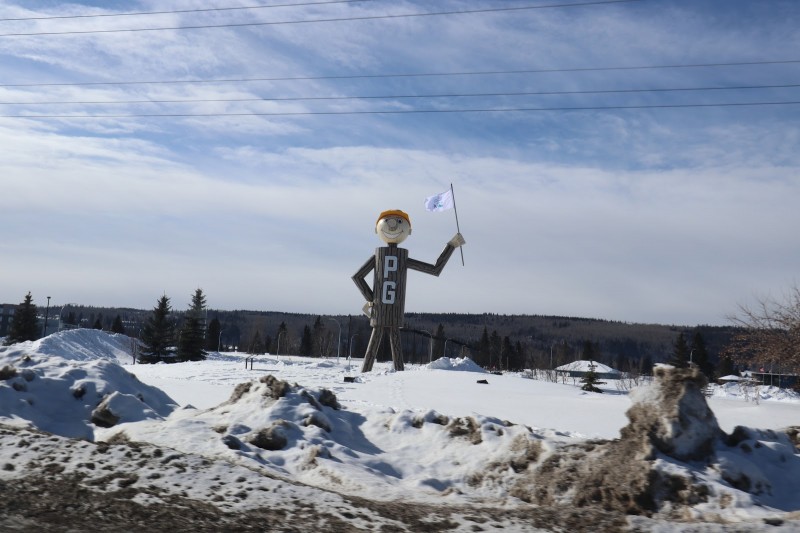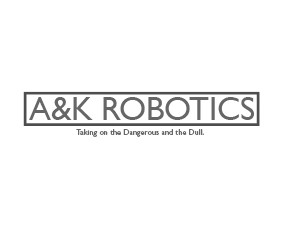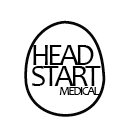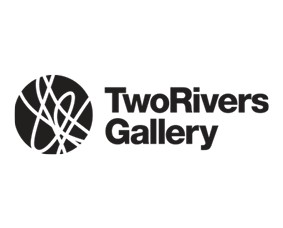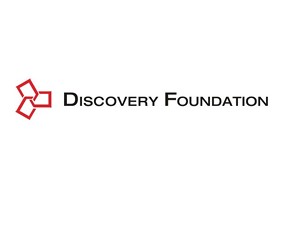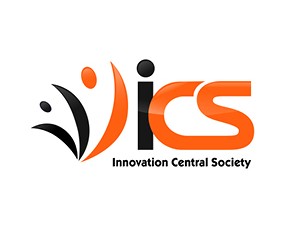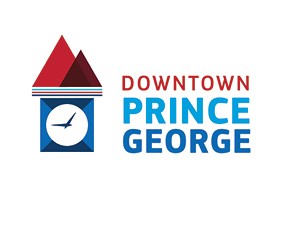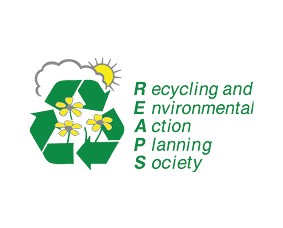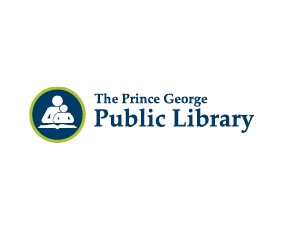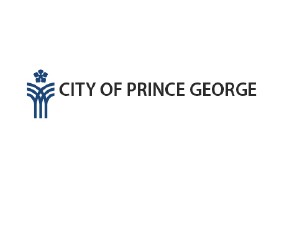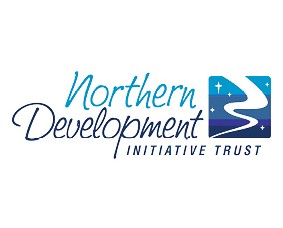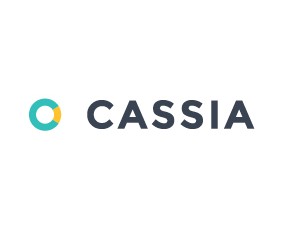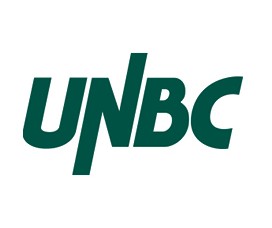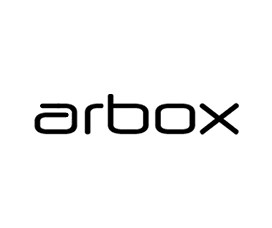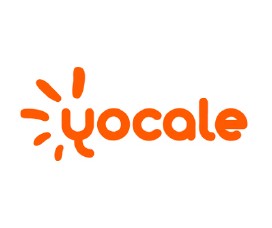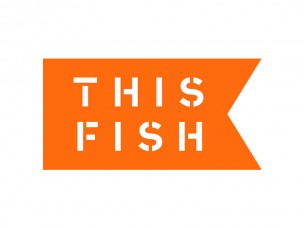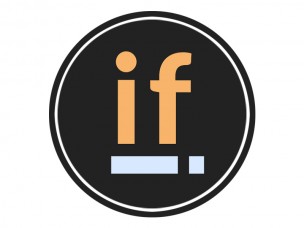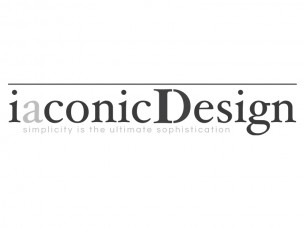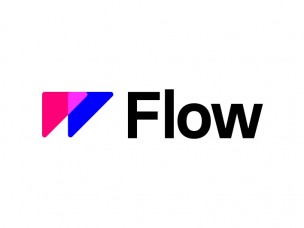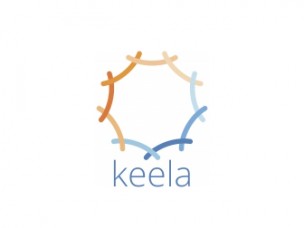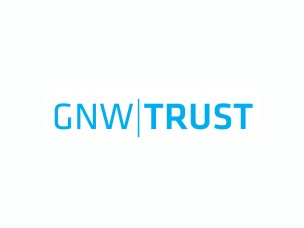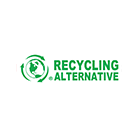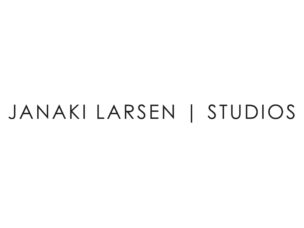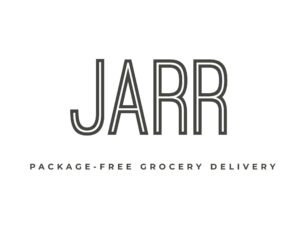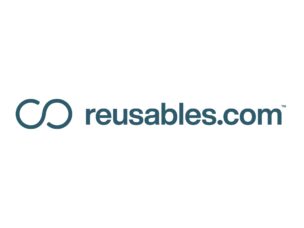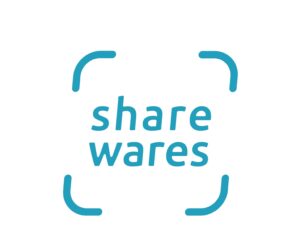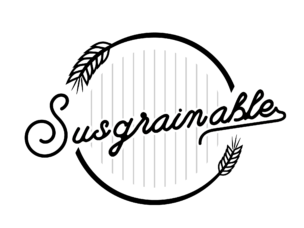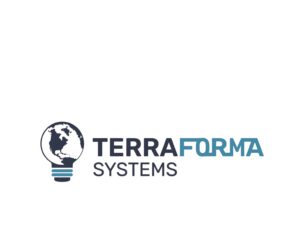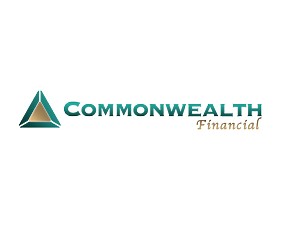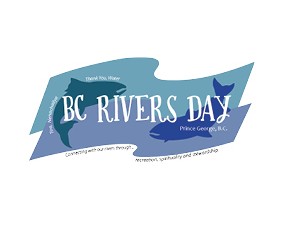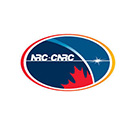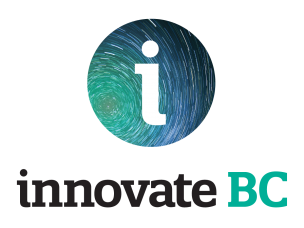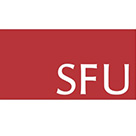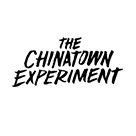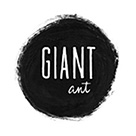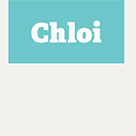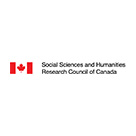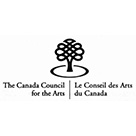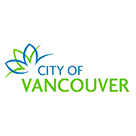Researcher John Bondoc reflects on his first trip to Prince George for Local for Local Footwear Project:
Most projects start with a creative mania. It’s probably the best part of the process- oh mania, how I miss you. After spending more time with the subject matter and doing more research, most industrial design projects become subject to the ‘wicked problems’ Richard Buchanan writes about in his seminal 1992 paper, “Wicked Problems in Design Thinking”– doing more research will expose unforeseen inter-dependencies and complications. Sometimes more reading, a few more cups of coffee, some notebook scribbles can turn most good-hearted ideas into a lot of poorly-considered ocean plastic. As designers, we need a balancing system to ensure our creative mania is framed within sustainable objectives. On a beautiful clear day in the last week of February, my project partner Derek and I got on a plane to travel 700km north of Vancouver to poke holes into our creative mania.
We embarked on our trip with a central question on our minds:
How can creating locally-produced and sourced consumer goods (in our case, sandals) strengthen community?
The goals of the trip to Prince George were straight-forward: connect with a few people who have been gracious enough to make time to meet us, investigate possible collaboration methods, collect input on our initial ideas, and generally see what was on the ground.
We quickly discovered that community making or crafts projects have already been proven to strengthen the community of Prince George. All the people we spoke to on the trip have done programs that address our research question, and they discovered many ways to strengthen community through maker activities– one of our contacts has created a successful business out of organizing gatherings based on group arts and crafts activities. There are successful Maker community-oriented events such as Two Rivers Gallery’s ‘booze and build’ nights. It became clear that if we deliver a good product, we can put it to good use.
One of the key considerations of our project is environmental sustainability. We arranged to visit REAPS (Recycling and Environmental Planning Society), the group leading environmental stewardship in the Prince George area, to talk about our project. Terri and Rachael of REAPS told us about the repurposed materials projects they have done in the past and shared valuable tips that will make our project successful. After meeting with REAPS, we knew our product had to be designed to be useful and long-lasting. The reduction of consumption is the most important way to reduce ecological footprint. Our project cannot be a delicate, one-off thing that will end up in a landfill in a few short years: we need to be prepared to make well-considered compromises in materials and construction.
Our idea of bringing in customizable footwear received generous offers of support– including possible integration into existing programs. The net result of our trip is a happy pivot from doing research on the product’s ability to benefit the community, to working on the delivery of an impactful product. Our giddy creative mania is now replaced by the onus of knowing that we are working on a project that will actually make a difference.
Special thanks to:
Terri McClymont and Rachael Ryder from REAPS
Twyla Exner, Director of Public Programs, Two Rivers Gallery
Allen Stroet and Alicia Taylor, Innovation Central Society/Hubspace
Christina Watts, Ridge Side Art
Lisa Redpath, Prince George Community Arts Council
